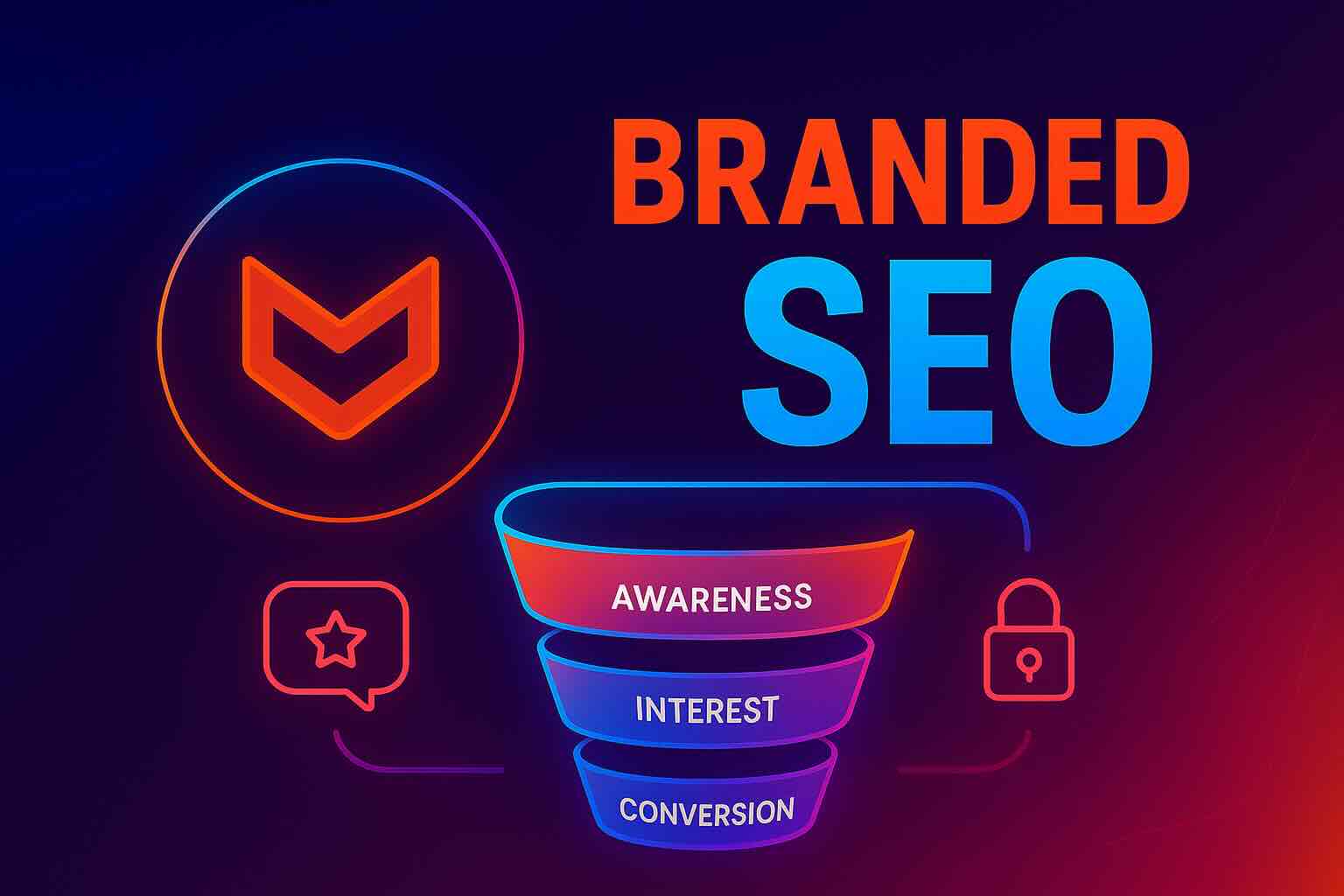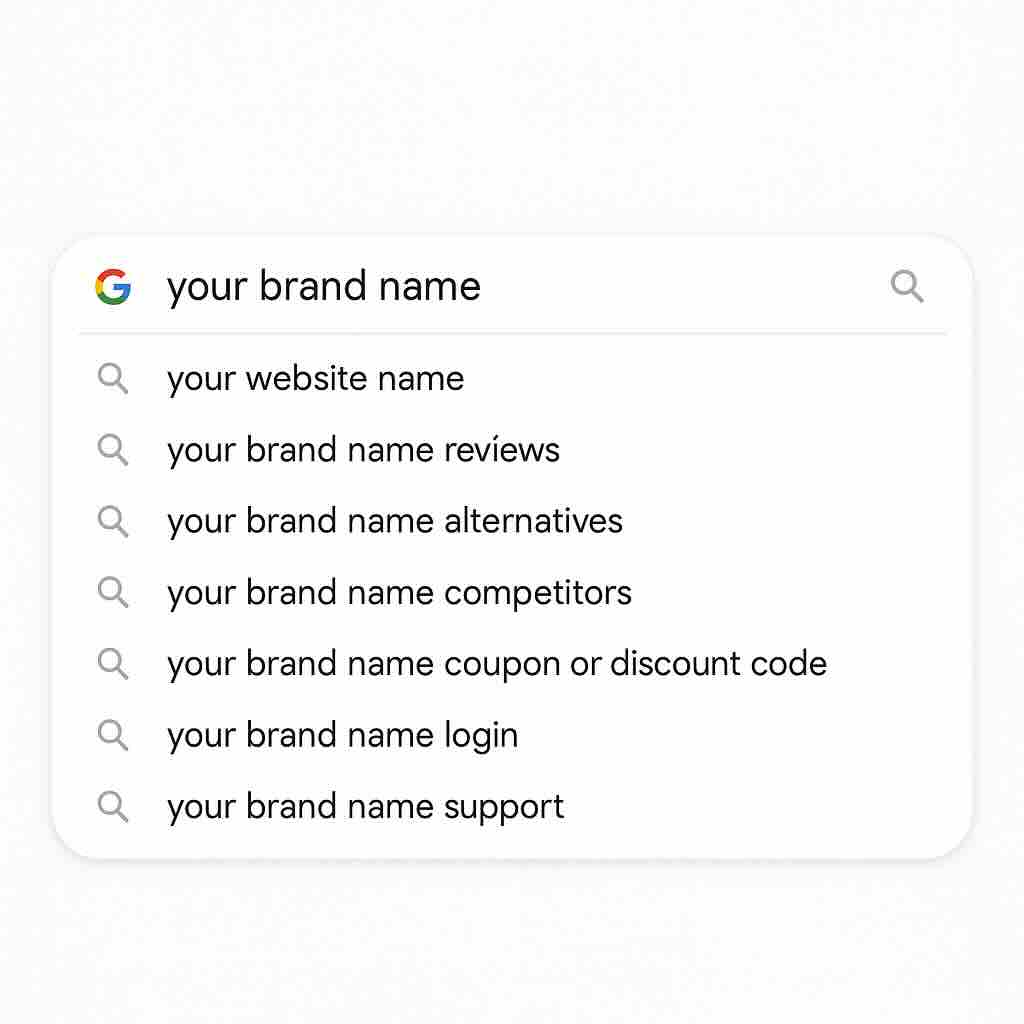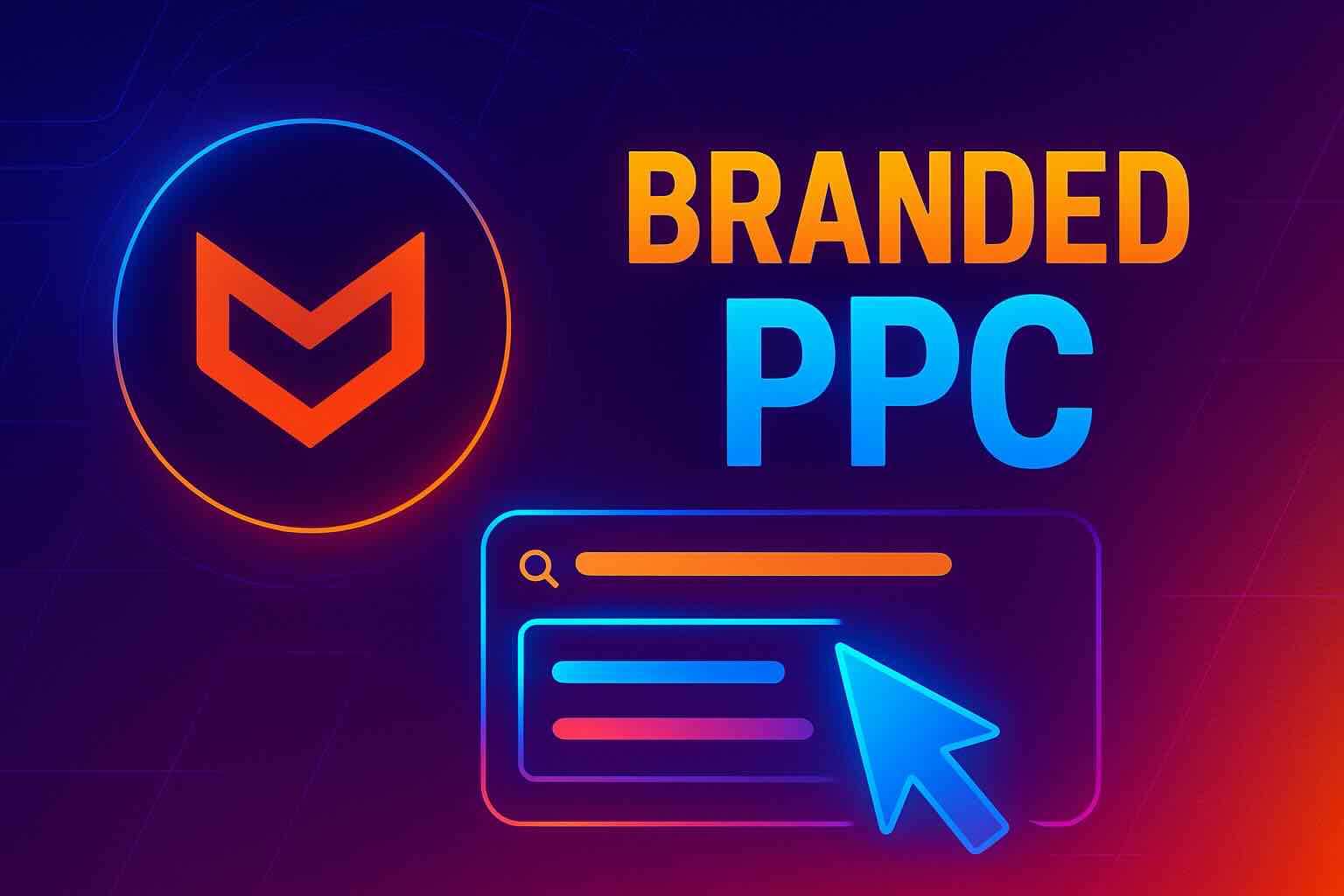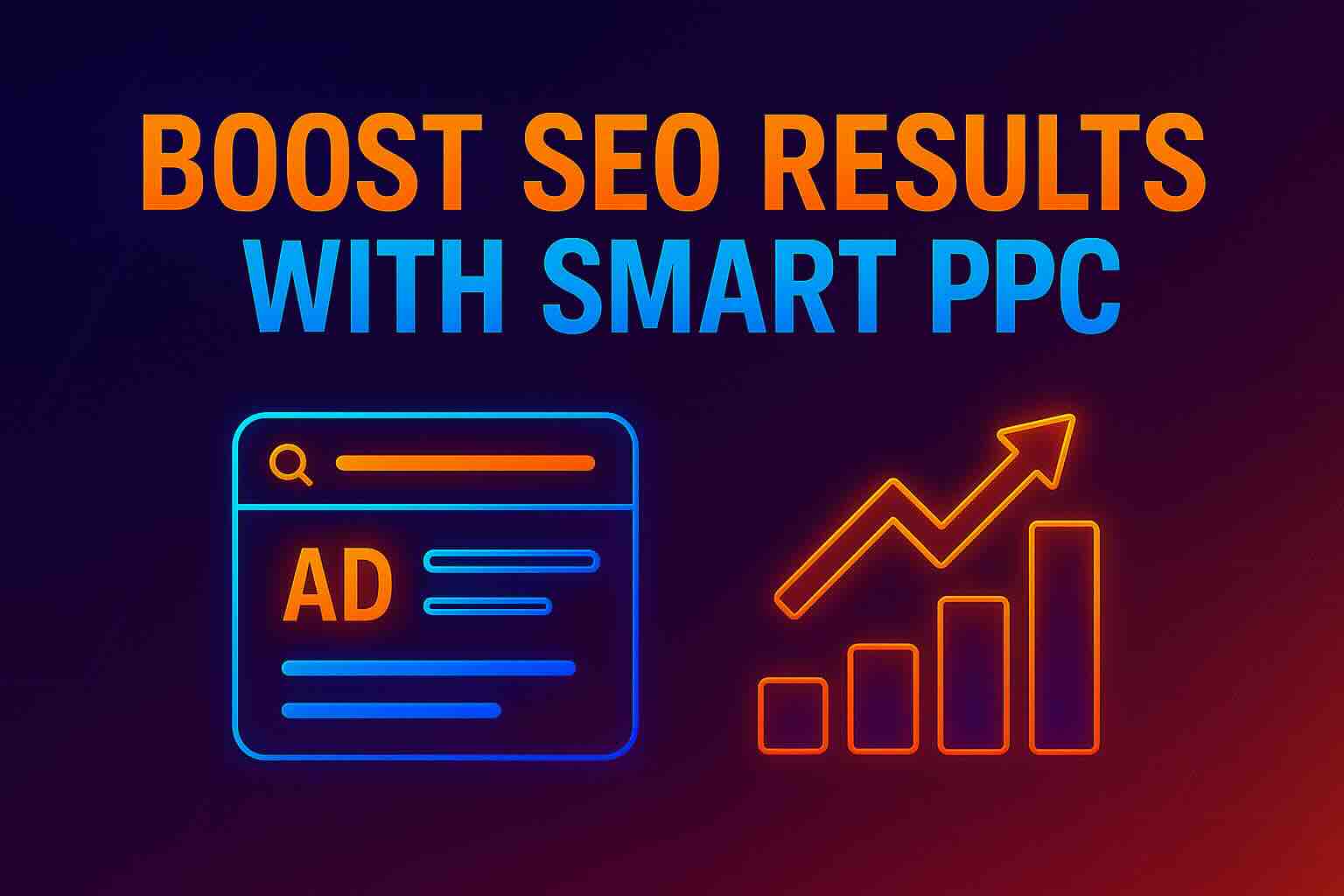Branded SEO: The Fastest Way to Convert and the Easiest to Ignore
Your brand name is already being searched. Here’s how to make sure you own those moments of intent.
In This Article
- Why Branded SEO Is Your Lowest-Hanging Fruit
- Branded SEO Doesn't Drive New Traffic—But It Converts What You Already Have
- Branded SEO and Branded PPC: A One-Two Punch
- Branded SEO for SaaS: Don’t Lose Existing Customers
- Quick Wins to Improve Your Branded SEO
- Final Takeaway: Own Your Brand, Own Your Conversions

Why Branded SEO Is Your Lowest-Hanging Fruit
Traditional SEO is a battlefield, with countless websites vying for the same generic keywords. Branded SEO, on the other hand, is straightforward—no one is more relevant to your brand than you are.
Search engines prioritize relevance and authority. When someone searches your brand name, Google expects to show results directly from you. But if your branded SEO isn’t optimized, competitors or negative content could appear, potentially stealing your nearly-converted users at the final moment.
Common examples of branded SEO searches:
- [Your brand name]
- [Your website name]
- [Your brand name] + reviews
- [Your brand name] + alternatives
- [Your brand name] + competitors
- [Your brand name] + coupon or discount code
For SaaS businesses, other common searches include:
- [Your brand name] + login
- [Your brand name] + support

Branded SEO Doesn’t Drive New Traffic—But It Converts What You Already Have
Branded SEO typically won’t attract entirely new users into your funnel, but it excels at converting those who are already considering you. Users searching your brand name are right at the tipping point—losing these users is essentially leaving money on the table.
If someone searches for “[Your Brand] reviews,” they’re clearly interested but still on the fence. If your site doesn’t prominently feature positive reviews or testimonials, a competitor might. The same applies to “[Your Brand] coupon” searches; if you don’t provide easily accessible discount codes, coupon aggregator sites may divert the sale.
Branded SEO and Branded PPC: A One-Two Punch
Branded SEO doesn’t work alone. It thrives alongside branded PPC campaigns. Here’s why:
- Full SERP domination: Combining SEO and PPC ensures your brand occupies both paid and organic listings, significantly increasing the chance of capturing high-intent users.
- Protect your brand: It prevents competitors from bidding on your brand name and drawing away interested prospects.
In short, branded PPC and branded SEO together form a protective barrier around your brand’s reputation, keeping conversions within your grasp.
Read: Why Ignoring Branded PPC Is Like Handing Your Customers to Competitors
Branded SEO for SaaS: Don’t Lose Existing Customers
For SaaS websites, branded SEO takes an additional dimension. Existing customers regularly use search engines as gateways to essential pages like “login” and “support.” Failing to optimize these branded terms could frustrate existing customers, damaging customer satisfaction and retention.
Make sure you own these spaces, directing customers exactly where they need to go—quickly and effortlessly.
Push Down Negative Content and Competitors
No matter how well you manage your reputation, negative content or competitor comparisons can still surface. Optimizing your branded SEO strategy actively pushes down unfavorable search results.
Here’s how:
- Produce high-quality, relevant content such as customer testimonials, success stories, or dedicated comparison pages.
- Leverage structured data (schema markup) to showcase star ratings, FAQ sections, and other eye-catching features in search results.
- Optimize key landing pages specifically for branded terms (reviews, alternatives, competitors, coupons), positioning your site as the most authoritative result.
- Encourage genuine reviews on third-party platforms that rank highly (e.g., Trustpilot, Google Reviews), further dominating the search results.
Quick Wins to Improve Your Branded SEO
- Monitor your search results regularly: Keep an eye on your branded terms monthly. If negative or competitor content surfaces, prioritize creating content to counteract it.
- Build dedicated branded landing pages: Create individual pages optimized for searches like “reviews,” “alternatives,” or “coupon codes.”
- Optimize your meta titles and descriptions: Ensure they clearly reflect the user’s intent, making them more likely to click your link.
- Run branded PPC ads alongside your SEO efforts: Maintain control over the entire first page of Google results.
Final Takeaway: Own Your Brand, Own Your Conversions
Branded SEO is not just the easiest SEO to master—it’s also among the most impactful for conversions. Ignoring it risks handing interested prospects directly to competitors.
By optimizing branded searches and proactively managing your digital reputation, you ensure your brand is always presented in the best possible light, converting more visitors and maximizing your marketing investment.
Need help with digital marketing? Get in touch to take control of your brand’s digital narrative today.
Why Ignoring Branded PPC Is Like Handing Your Customers to Competitors
Every smart marketer eventually hits this question: “Why should we pay for clicks on our own brand name? We already…
Reading Time: 4 min
How Smart PPC Strategies Can Supercharge Your SEO Performance
[anchor id=1] Introduction: The False Wall Between PPC and SEO Too many marketers treat PPC and SEO as two separate…
Reading Time: 5 min
AI SEO Is Changing the Game & Here’s How to Win It
AI is rewriting the rules of search. If your SEO strategy still treats Google like a list of ten blue…
Reading Time: 4 min


